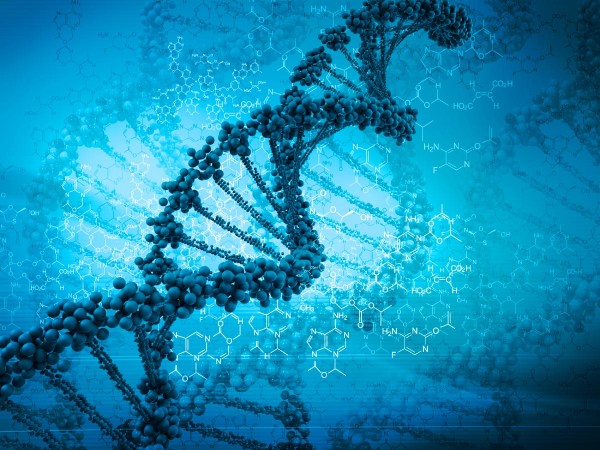Scientists identify the second case of down syndrome in chimpanzees
03/06/2017 / By David Gutierrez

The second known case of “chimpanzee Down syndrome” has been identified, as recorded in a scientific report by researchers from Kyoto University, published in the journal Primates.
Down syndrome in human beings is caused by a condition known as trisomy 21, in which a person is born with three (rather than the normal two) copies of chromosome 21. It is characterized by distinctive facial features accompanied by some degree of intellectual and developmental impairment, though symptoms vary widely between individuals.
Down syndrome is also often accompanied by health problems such as serious heart defects, immune dysfunction, thyroid problems, poor vision, skeletal problems, ear infections and hearing loss, skin problems, gastrointestinal blockage, early menopause, seizures, and increased risk of leukemia and dementia.
Late diagnosis
A healthy human cell carries 23 pairs of chromosomes in its nucleus, or a total of 46 chromosomes. Other apes such as chimpanzees, orangutans and gorillas, however, instead have 24 pairs of chromosomes, for a total of 48. Scientists believe that at some point in humans’ evolutionary past, two smaller ape chromosomes merged to form our own chromosome 21.
Prior studies have suggested strong connections between the human chromosome 21 and the chromosome 22 found in other apes. Among these connections is the fact that apes with an extra copy of chromosome 22 (trisomy 22) appear to develop symptoms similar to Down syndrome.
The newly diagnosed chimp is named Kanako, and she was born in captivity in 1992. In 2011, Kyoto University took over the facility where she lives, renaming it the Kumamoto Sanctuary and Wildlife Research Center.
It had been clear from early in Kanako’s life that she suffered from congenital abnormalities. She has crossed eyes, underdeveloped teeth and stunted growth, and developed cataracts by age 1. By the age of 7, the cataracts plus the thinning of her cornea had blinded her.
In 2014, a routine physical examination showed that Kanako also suffers from a congenital heart defect called an atrial septal defect — a hole in the wall separating the top two chambers of the heart. This discovery caused researchers to conduct a chromosomal analysis, which revealed that Kanako has trisomy 22.
The paper also recounts some of the special care that Kanako has required due to her health problems. For example, her blindness has required her to be separated from other chimps for her own safety, but her caretakers have arranged for her to have monthly visits from another female who is calm and friendly with her.
The researchers note that there is no evidence that she required special care before her cataracts developed at age 1. This suggests that she does not suffer from significant cognitive or behavioral impairment.
How common?
The only other confirmed case of trisomy 22 in a chimpanzee was in 1969, in a male chimp that died before the age of 2. Another case was suspected in a chimpanzee in Tanzania in 2015, but no chromosomal analysis was conducted. Trisomy 22 with Down syndrome-like symptoms has been confirmed in an orangutan at least once (in 1979), and suspected in a gorilla at least once (in 1972).
The small sample size makes it hard to estimate how common the condition is in nonhuman apes. But the Kyoto researchers noted that 500 chimpanzees have been born in captivity in Japan, and that Kanako seems to be the only one with Down syndrome-like symptoms. This might suggest that the prevalence of trisomy 22 among chimpanzees is roughly similar to the 1 in 600 rate at which Down syndrome occurs in humans.
Evolutionarily speaking, chimpanzees are very closely related to human beings, sharing an estimated 95 percent of the same DNA. Chimpanzees are known to be highly intelligent creatures, with individual chimps in some cases able to outperform humans on certain measures. For example, a 2008 study in the journal Current Biology found that juvenile chimpanzees performed significantly better at memory tests than adult humans.
Sources for this article include:
Tagged Under: chimpanzee, down syndrome, trisomy
RECENT NEWS & ARTICLES
COPYRIGHT © 2017 ENVIRON NEWS




















